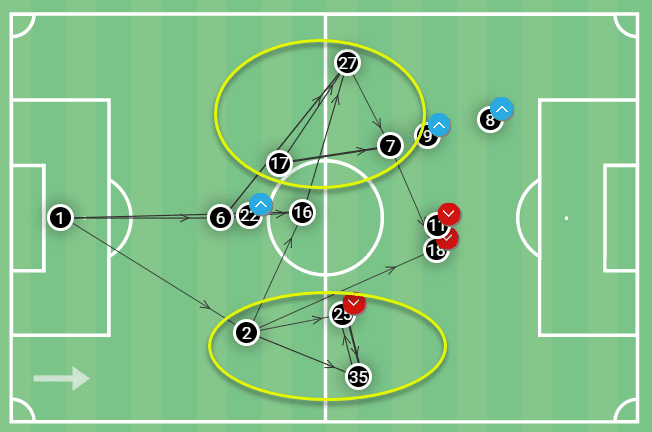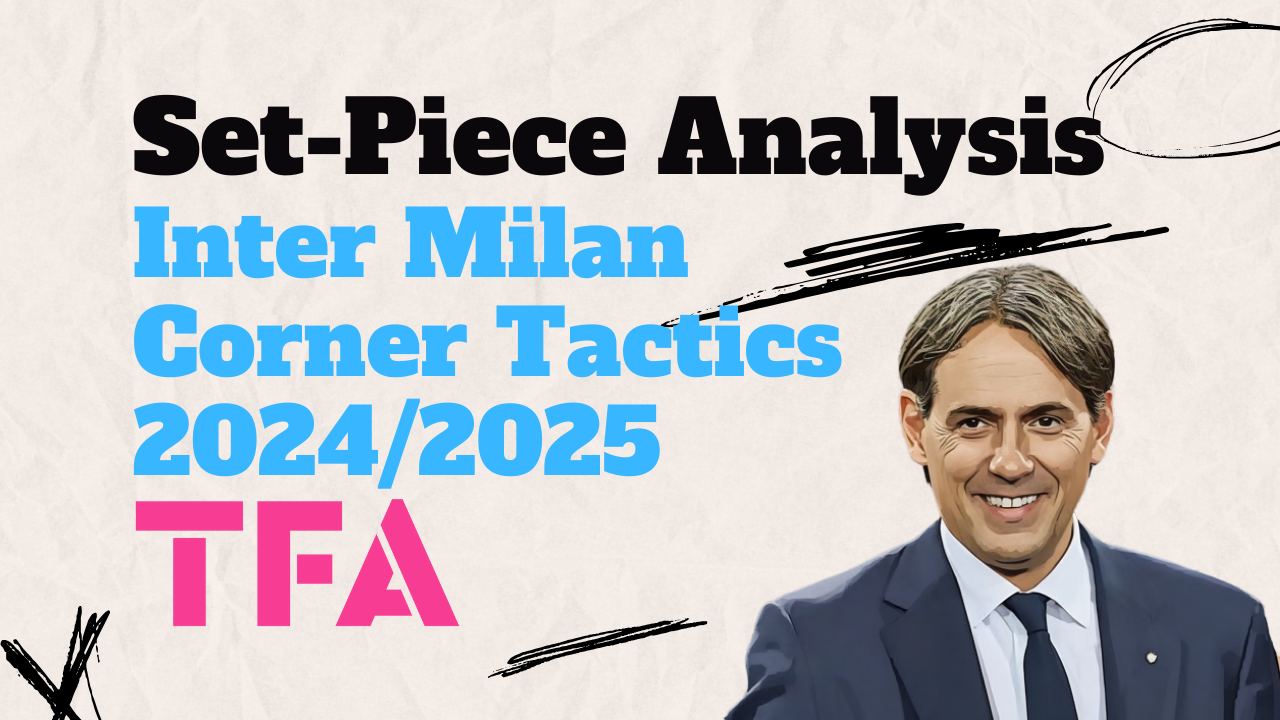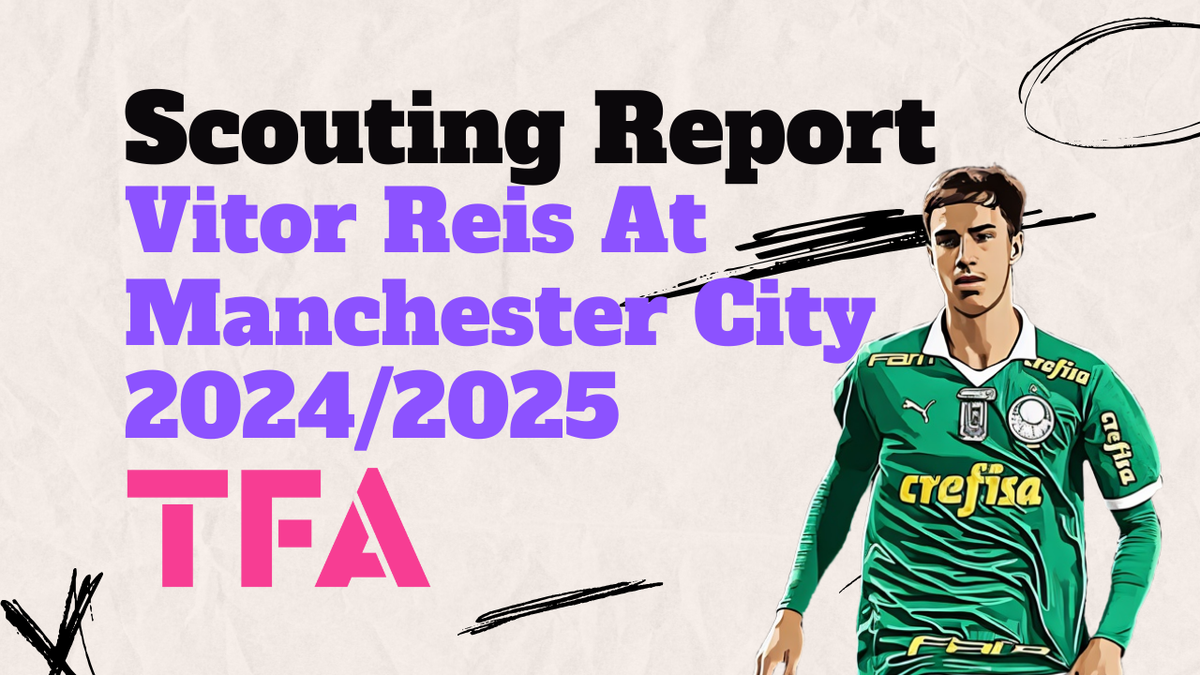The sight of Ricardo Rodriguez and Fabian Schär buccaneering forward for Switzerland at the Euros may not have been especially eye-catching, but it should be noted that these players were operating as wide central defenders in a back three.
Between them, Rodriguez and Schär completed five dribbles and made 18 runs into the attacking third at Euro 2024, as part of Switzerland’s fluid 3-4-2-1 formation that sought to create overloads all over the pitch.
But what’s behind the tactical trend for overlapping centre backs, and is this here to stay? We’ll explore this in greater detail in the article below!
The Origin of Overlapping Centre Backs
Overlapping centre backs are most common in a back three, which usually affords sides one or two spare men in defensive positions.
Sheffield United were one of the best exponents of this tactic during their superb 2019/20 season in the Premier League, when they placed ninth and both Chris Basham and Jack O’Connell regularly roamed forward from centre back.
They would do this to create wide overloads and 2v1s against opposition defenders. As one centre back stepped out into midfield, they would also create an additional passing lane and help to beat an opposing team’s press. This added some flexibility to Chris Wilder’s relatively rigid 3-5-2 formation.
Atalanta have regularly deployed a 3-4-2-1 system under Gian Piero Gasperini, while leveraging overlapping centre backs in the same way Switzerland at the Euros. Once again, Atalanta used this tactic to create timely 2v1s in possession and beat an opponent’s press, while their centre backs would regularly step into half spaces and often venture higher up the pitch.
Further Evolutions and Creating Tactical Fluidity
Whether you like to wager at the best Indian betting sites or your favourite offshore platforms, you can bet that this tactic will continue to evolve and become increasingly popular in the near-term.
In fact, we’ve already seen the tactic evolve in recent times. Atalanta have certainly developed the concept by enabling centre backs to roam further forward, creating overloads far higher up the pitch and enabling their wing backs to play largely in the final third.
As defensive and offensive blocks have become increasingly compact, teams are also continuing to innovate to enable midfield overloads and dominance. One way to achieve this is to invert a wide central defender, or have them make underlapping runs centrally and into the attacking third.
At Euro 2024, the aforementioned Rodriguez would make forward runs both in and out of possession, often underlapping his wing back and occupying positions in the left channel. This afforded more space for the wing back in crossing positions, while drawing an opposing central defender out of possession and creating room for midfield runners.
The Bottom Line – Using Defenders to Create Superiority in the Build-up
Ultimately, the main goal of having centre backs overlap (or underlap) is to create overloads and superiority in the build-up. This establishes superiority in terms of numbers and positional play, making it easier to maintain possession and structure attacks.
Of course, it’s also part of a wider tactical shift, which has also seen full backs and wingers invert to create greater fluidity and central overloads. This trend is likely to become more prevalent over time too, especially as blocks become increasingly compact and teams strive to compress the space centrally.





Comments